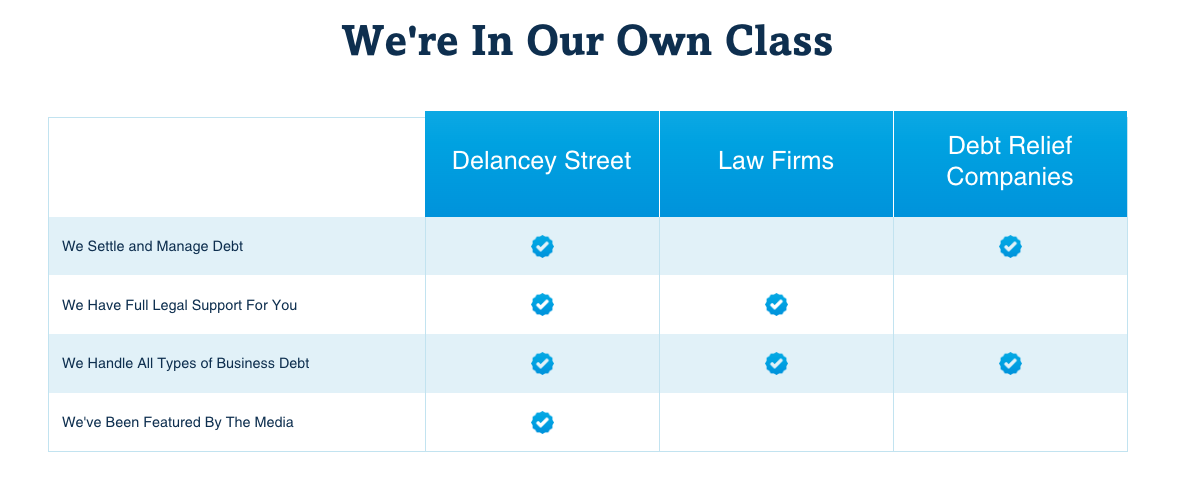Keeping Your UCC Lien Position Intact with Continuation Statements
Filing a UCC financing statement is an important step for secured parties to establish priority liens on personal property collateral. But the initial filing only lasts for 5 years, after which the lien expires automatically. To keep the lien active, the secured party must file a UCC continuation statement.
This article explains what continuation statements are, when and how to file them, common mistakes to avoid, and the consequences of letting your lien lapse. We’ll also look at some defenses that debtors and junior creditors may try to use against lapsed liens.
 -
-What is a UCC Continuation Statement?
A UCC continuation statement (also called a “UCC-3”) is a simple legal form that extends the expiration date of an initial UCC financing statement (UCC-1). Filing a continuation statement keeps the secured party’s lien position and priority intact for another 5 years.
Without a continuation statement, the initial UCC-1 financing statement lapses automatically 5 years after the file date. Once lapsed, the financing statement is considered no longer effective, and the perfected security interest becomes unperfected.
When to File Continuation Statements
To keep a UCC-1 active, continuation statements must be filed periodically before the financing statement expires. The deadlines are:
- Initial financing statement duration: 5 years
- 1st continuation due: 6 months before expiration
- Subsequent continuations due: 6 months before most recent expiration
Best practice is to calendar all deadlines in advance. Don’t rely on the filing office to send reminders, as state filing procedures vary.
 -
-How to File a Continuation Statement
To file a continuation, complete and submit a UCC-3 form to the correct filing office. Most states have online filing systems to submit and pay for continuations electronically.
Key items to complete on the UCC-3 form:
- Debtor name: Must match exactly to the original UCC-1 form
- Secured party name: Usually unchanged from original filing
- Collateral description: Mark box to indicate all collateral from original filing is included
- File number: Enter the file number from the original UCC-1 form
- Expiration date: Leave blank and the filing office will set this
The filing fee is usually around $15-25. The filing office will return a file-stamped copy showing the continuation statement’s effective date and extended expiration date.
Common Mistakes
Some common errors can render a continuation statement ineffective. This allows the original financing statement to lapse and the security interest to become unperfected. Common errors include:
- Typos in debtor’s name: Must match original exactly
- Incorrect filing office: Each state has different rules
- Filing too early or late: Must be within 6-month window
- Incomplete collateral description: Best to indicate “All assets” from original filing
Secured creditors should double check all information before submitting continuation forms. Consult the filing office directly with any questions.
 -
-Consequences of Lapsed Liens
Allowing a UCC-1 financing statement to lapse has major consequences:
- Loss of perfected status: The security interest becomes unperfected
- Lower priority: Other security interests may take precedence
- Difficulty enforcing rights: Unperfected liens have limited standing
In essence, an unperfected security interest is not very secure at all. The secured party loses priority standing against other creditors, buyers, and bankruptcy trustees. So keeping financing statements active with continuation filings is critical.
Defenses Against Lapsed Liens
Debtors and junior creditors do try to defend against lapsed liens when the secured party slips up. Two potential defenses include:
 -
-1. Laches Defense
If an unreasonable delay occurs between when a lien lapses and when the secured party tries to enforce it, the debtor can argue the equitable defense of laches. This argues that it’s unfair for the secured party to sit on its rights then try to enforce them later. Courts balance the equities to decide if laches applies.
2. Statute of Limitations
Most states limit when a creditor can sue to collect collateral after default. This statute of limitations period – often 3-6 years – starts running when the lien lapses. Creditors who delay too long past the expiration date may find themselves time-barred.
So while lapsed liens don’t extinguish the debt itself, they do impact enforcement rights. Keeping financing statements active is key.
Get Continuation Help
We hope this overview gives secured creditors a better understanding of UCC continuation statements. Keeping track of deadlines takes attention to detail. If you need any help filing continuations or fixing lapsed liens, don’t hesitate to contact a secured transactions attorney in your state.







